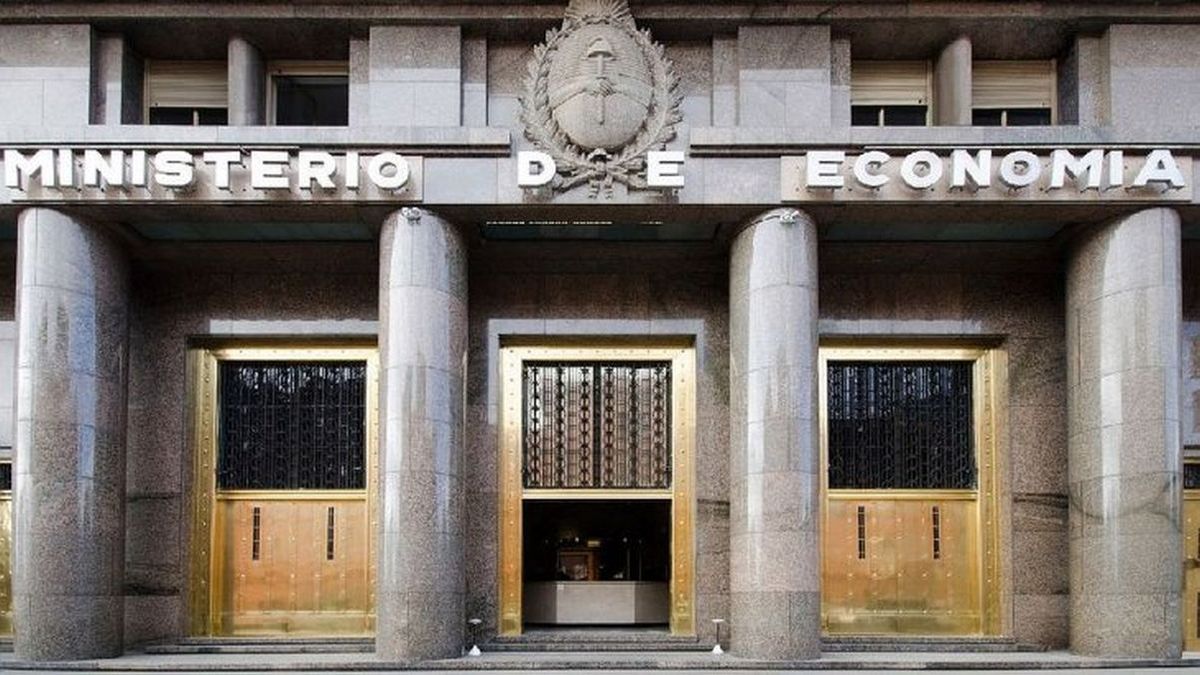The Secretary of FinanceEduardo Setti, will consider his task accomplished this Tuesday when he goes on the market to bid on Treasury bonds in pesos. This is the last financial operation of this type before the replacement of government, which takes place in the middle of a controversy over the alleged idea of Luis “Toto” Caputo, Javier Milei’s potential Minister of Economy, to exchange the Leliq issued by the Central Bank for government securities.
With last week’s tender, the Treasury Palace already managed to renew the debt that matures in the month and achieved a net additional 15%. Up to this point, Finance managed to “raise” $1.7 billion. What comes in the next call is almost testimonial. The indicative amount is $50,000 million for securities nominated in pesos and $100 million for a dollar bond linked to nominal values.
The context is the supposed idea that Caputo would have, if he were the next Minister of Economy, of passing on to the Treasury part of the debt that the BCRA has been contracting in recent years due to the high costs of withdrawing pesos from circulation.
In this opportunity, Setti proposes three Boncers (adjusted for inflation) on October 14, December 13 and February 14, 2025; and a dollar bond linked to March 31, 2025.
On the other hand, a tender will be Sustainable Thematic Bonus, adjustable by CER as of May 24, 2025 to finance the “Conectar Igualdad” and “Management and Allocation of Scholarships to Students” programs and the projects “Construction of the San Javier Aqueduct – San Javier Stage – Tostado – Province of Santa Fe” and “Colorado River Aqueduct and Complementary Works in the North of “Santa Rosa La Pampa”. This is a type of instrument, known as a green bond, that debuted in Treasury placements last week.
The issue that introduced doubts in the market is the debate on how to deactivate the Leliq “ball” of the Central Bank. Luis Caputo proposes exchanging them for Treasury debt, something he did when he was a minister in the government of Mauricio Macri. It must be remembered that the BCRA already has $16 billion in Treasury bonds in its assets, the product of purchases in secondary markets.
“I am not closing the issue of how the Leliqs are going to resolve it. The Leliqs do not belong to the people, they belong to the banks. What people have are fixed deadlines. As long as people renew their fixed terms, if the money is in a Leliq or in a Treasury bond there should not be any change,” analyst Christian Buteler explained to Ámbito.
Buteler indicated that “the problem is that when Treasury debt is placed, that money can be used to cover current expenses, deficits or renew debt.” “That is to say that this money enters the economic circuit; “When the money is in leliqs or passes, that money is absorbed by the BCRA,” he explained.
Buteler warned that “Monetarily speaking, the impact is different” if the BCRA debt goes to the Treasury. “If a large part of the Leliq passes to the Treasury The financial system is going to be stressed because its exposure to the public sector is going to be very large,” he explained.
The analyst maintained that “it is not the same for a bank to have Leliq, which if it does not renew, the BCRA pays it, than to be exposed to the Treasury, which has to wait for it to pay it in order to return it to the people.”
Source: Ambito




